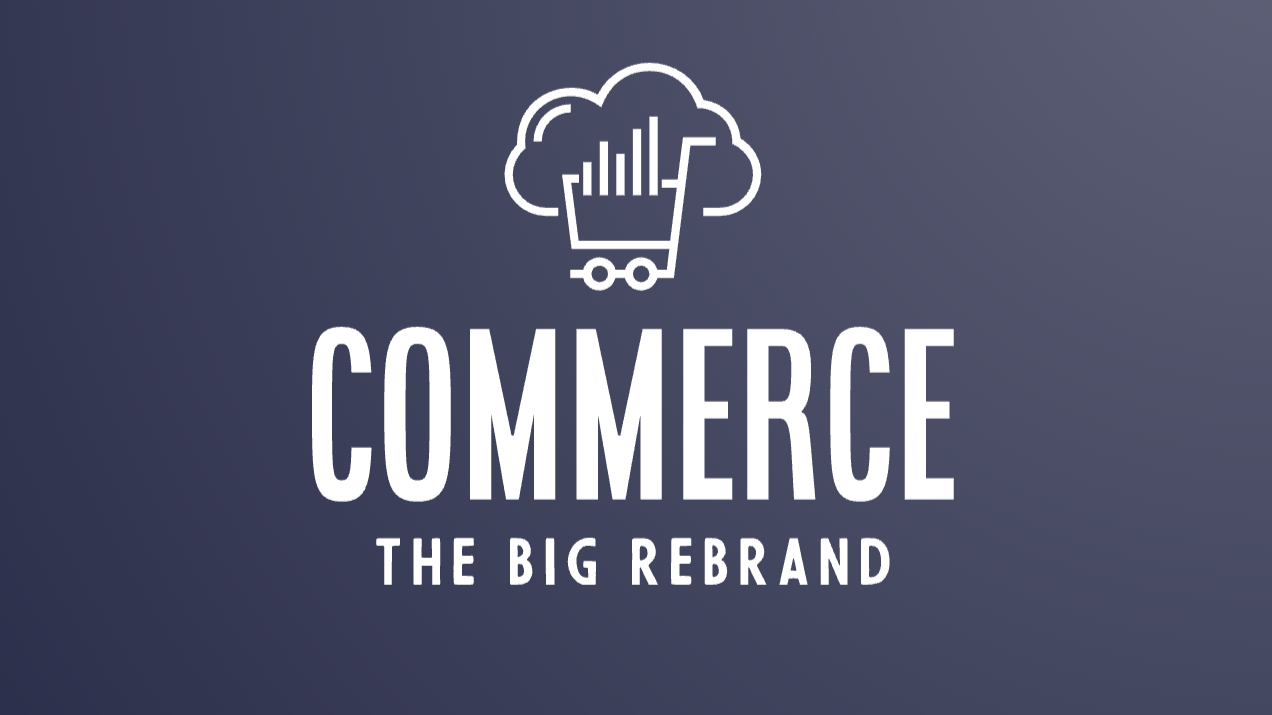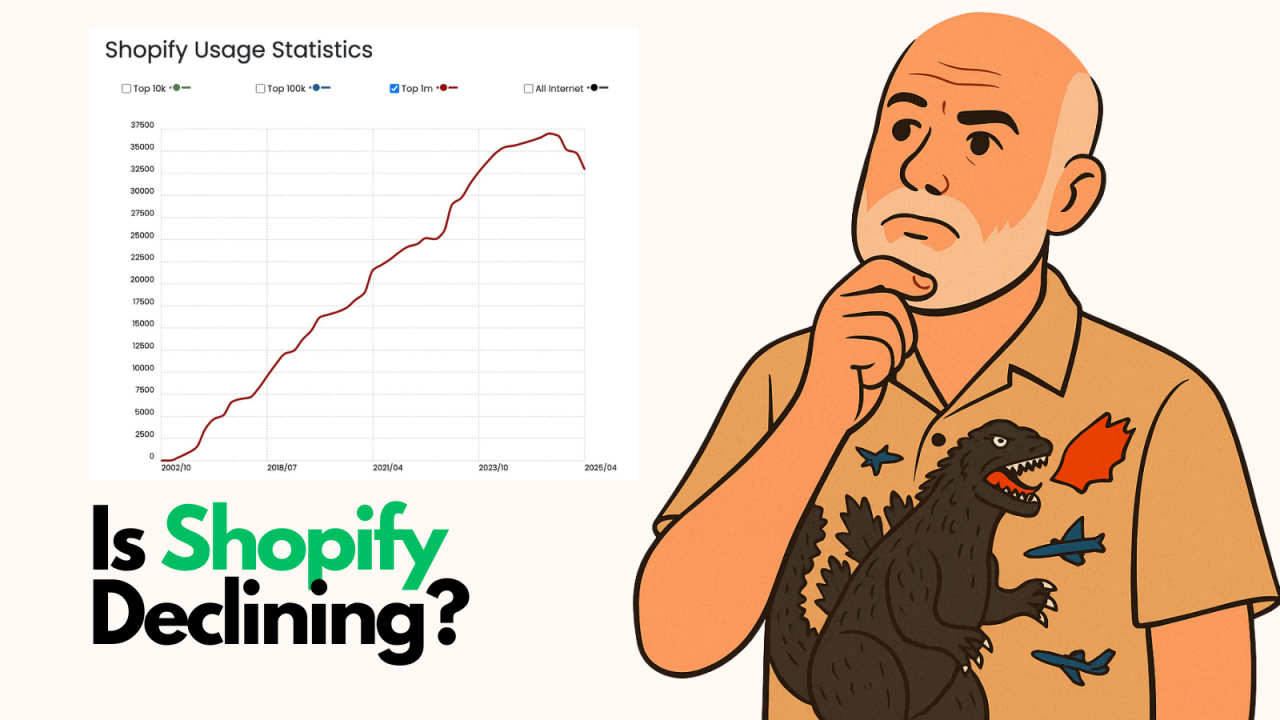
Website performance has become crucial in determining a business's online success. One metric that has gained significant attention in recent years is the Largest Contentful Paint (LCP), a key indicator of a website's loading speed and user experience. This article will delve into the intricacies of LCP, its importance in SEO, and the strategies businesses can employ to optimize their website's performance.
This article's thesis is that understanding and optimizing for LCP is essential for businesses seeking to improve their website's search engine rankings and provide an exceptional user experience.
LCP is a Core Web Vital metric that measures the time it takes for the largest element on a website to become fully visible to the user. This element could be an image, a video, or a block of text. The faster the LCP, the better the user experience, as visitors can access the content they're seeking without unnecessary delays.
Google has recognized the significance of LCP, incorporating it as one of the three Core Web Vitals, along with First Input Delay (FID) and Cumulative Layout Shift (CLS). These metrics are designed to help website owners improve the overall user experience by measuring loading speed, interactivity, and visual stability. By optimizing for these metrics, businesses can not only enhance their website's performance but also improve their SEO rankings.
LCP is a crucial metric for measuring user experience and website performance. When a user visits a website, they expect to be able to access the content they're seeking quickly and easily. If a website takes too long to load, users are likely to become frustrated and leave, negatively impacting the website's bounce rate and SEO rankings.
Research has shown that users have a limited attention span, and if a website takes more than three seconds to load, 53% of mobile users are likely to abandon it. This underscores the importance of optimizing a website's loading speed to provide a positive user experience and improve SEO rankings.
Google's Core Web Vitals are a set of metrics that measure website performance and user experience. LCP is one of the three metrics included in Core Web Vitals, along with FID and CLS. In May 2021, Google announced that Core Web Vitals would become a ranking factor for search results, meaning that website owners must optimize their websites for these metrics to improve their SEO rankings.
Google has set a target for LCP of 2.5 seconds or less for the majority of website pages. If a website's LCP exceeds this threshold, steps must be taken to optimize it. Google provides various tools and resources to help website owners optimize their websites for Core Web Vitals, including the PageSpeed Insights tool and the Search Console Performance report.
Optimizing a website for LCP involves a range of techniques and strategies. Some of the most effective ways to improve a website's LCP include:
Images and videos are often the largest elements on a website and can significantly impact LCP. To optimize these elements, website owners should compress them to reduce their file size without compromising quality. They can also use lazy loading, which means that images and videos are loaded only when they are needed, rather than all at once.
Server response time is the time it takes for a website to respond to a user's request. To minimize server response time, website owners should use a reliable hosting provider and optimize their server settings. They can also use a content delivery network (CDN) to distribute the website's content across multiple servers, which can help to reduce latency and improve loading times.
Caching plugins store frequently accessed data on the user's device, which can help to improve loading times. By caching a website's content, the number of requests made to the server can be reduced, leading to improved LCP.
To improve a website's LCP, website owners should follow these best practices:
Optimize for mobile devices: More than half of all website traffic comes from mobile devices, so it's essential to optimize a website for mobile users. This includes using responsive design, optimizing images and videos, and minimizing server response time.
Use a fast and reliable hosting provider: A hosting provider can significantly impact a website's loading speed and LCP. To ensure a website is fast and reliable, website owners should choose a hosting provider with a good reputation and fast loading times.
Monitor website performance regularly: Regularly monitoring a website's performance can help identify and fix issues that may be impacting LCP. Website owners can use tools like Google Analytics and Search Console to track their website's performance and identify areas for improvement.
There are several tools available for measuring LCP, including:
Google PageSpeed Insights: A free tool that analyzes a website's performance and provides suggestions for improvement. It measures LCP, FID, and CLS, as well as other metrics like Time to First Byte (TTFB) and Total Blocking Time (TBT).
WebPageTest: A free tool that measures website performance and provides detailed reports on loading times and other metrics. It allows users to test their website's performance from different locations and devices.
GTmetrix: A paid tool that provides detailed reports on website performance, including LCP, FID, and CLS. It also provides suggestions for improvement and allows users to test their website's performance from different locations and devices.
There are several common issues that can impact LCP, including:
Large images and videos: Large images and videos can significantly impact LCP. To fix this issue, website owners should compress their images and videos and use lazy loading to load them only when they are needed.
Slow server response time: Slow server response time can also impact LCP. To fix this issue, website owners should use a reliable hosting provider and optimize their server settings.
Render-blocking resources: Render-blocking resources, such as JavaScript and CSS files, can delay LCP. To fix this issue, website owners should defer or async these resources to allow the browser to render the page faster.
Optimizing a website for mobile devices is crucial for improving LCP. Mobile users have different needs and expectations than desktop users, and a website should be optimized to meet those needs. This includes using responsive design, optimizing images and videos, and minimizing server response time.
LCP is a key metric for measuring website performance and user experience. By optimizing a website for LCP, businesses can improve their SEO rankings and provide a better user experience for their visitors. As Google continues to prioritize user experience, LCP and other Core Web Vitals will become even more important for SEO success. By following the best practices outlined in this article, businesses can ensure their website is fast, user-friendly, and optimized for search engines.
The future of LCP in SEO is clear: it will only become more crucial for businesses to prioritize website performance and user experience. By partnering with Content Basis, businesses can unlock the full potential of LCP and achieve lasting SEO success.

Following up on my earlier post about BigCommerce's rebrand announcement, I got my hands on theCleveland...

By Brent W Peterson AI vs Shopify: Is Platform Dominance Ending in 2025?

The B2B OG Reality Check In 1995, I built my first B2B website for my then computer assembly company. It...